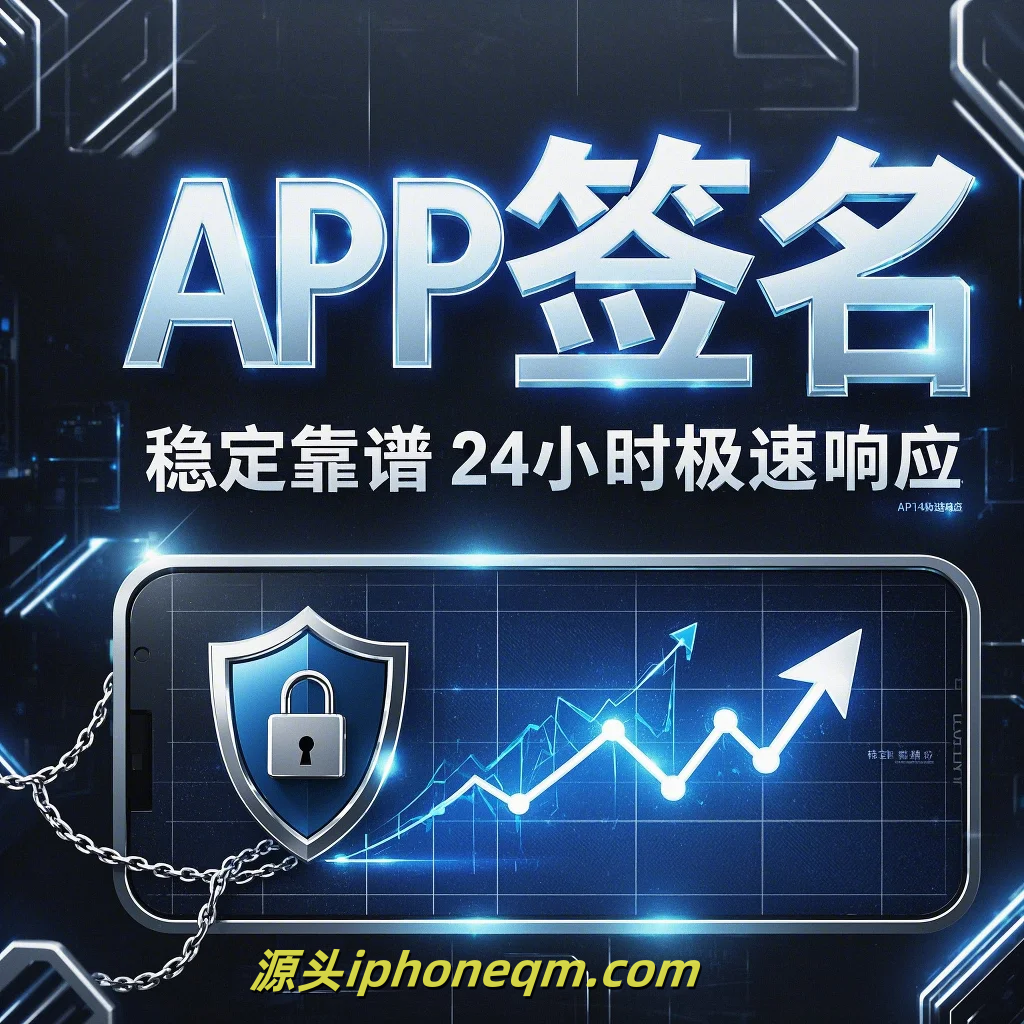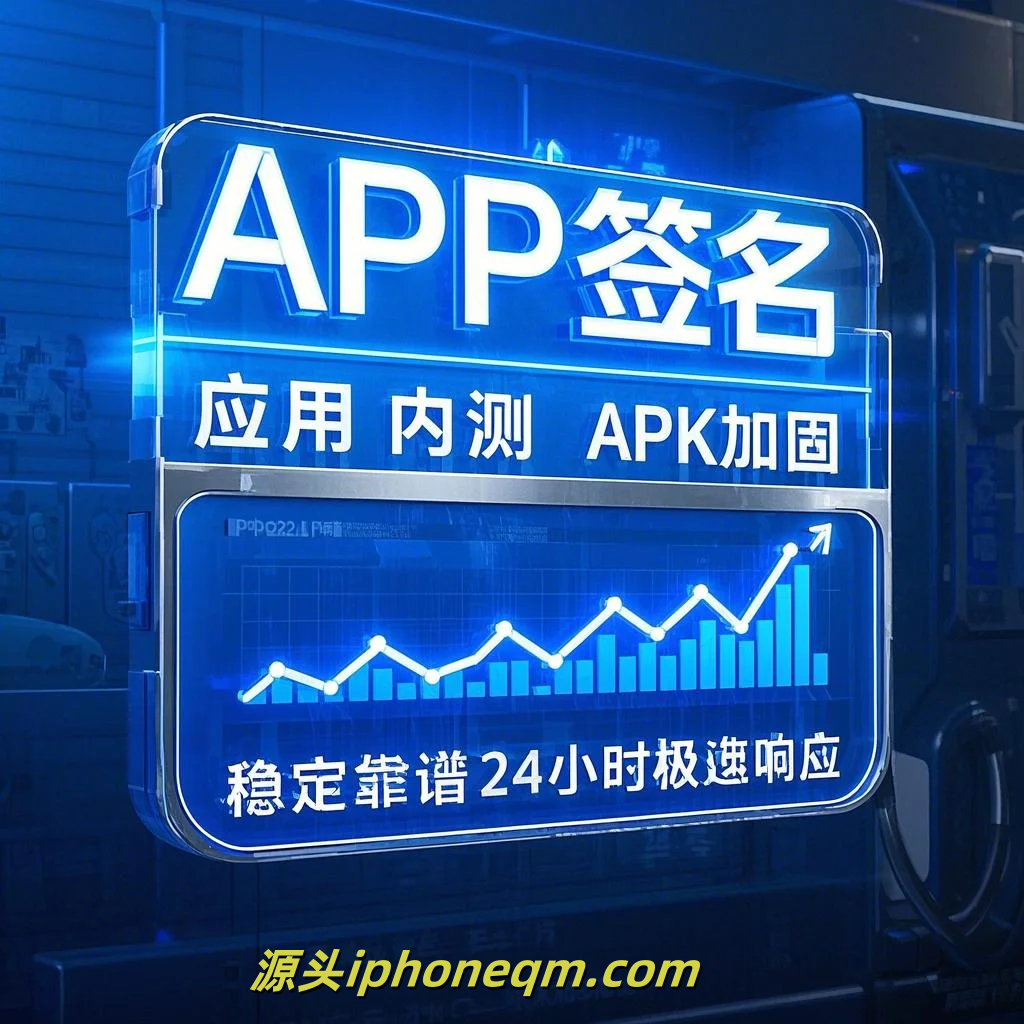Choosing the Right Apple Signing Certificate

In today's world of app development, securing your application is not just a necessity; it's a requirement. One of the critical components for ensuring the authenticity and integrity of your app lies in the use of Apple Signing Certificates. These certificates validate your identity as a developer and allow you to sign your applications, giving users confidence that they are installing legitimate software. Choosing the right Apple Signing Certificate is essential for the success of your app in the Apple ecosystem.
First, let's understand what an Apple Signing Certificate is. When you develop an iOS or macOS app, Apple requires you to sign the app with a certificate issued by them. This process ensures that the app has not been tampered with and verifies that it comes from a known source. Apple offers different types of signing certificates based on the purpose—development, distribution, and in-house distribution. Understanding the distinctions between these certificates is crucial.
The Development Certificate is for testing your app in development environments. If you’re still in the coding phase, this certificate allows you to run your app on physical devices without issues. However, keep in mind that this certificate is not designed for public distribution. It’s strictly for internal testing and development.
On the other hand, Distribution Certificates come into play when you are ready to share your app with the world. There are two main types of distribution certificates: App Store Distribution and Ad Hoc Distribution. The App Store Distribution Certificate is what you will need if you want to publish your app on the App Store. It ensures that your app meets all of Apple's guidelines and requirements. On the contrary, the Ad Hoc Distribution Certificate allows you to distribute your app to a limited number of testers outside of the App Store. This is great for beta testing your app before the official launch.
If your organization is looking to distribute apps internally, you might want to consider the In-House Signing Certificate, part of the Apple Developer Enterprise Program. This is especially useful for companies developing proprietary apps meant for internal use. The flexibility of the In-House Signing Certificate allows you to bypass the App Store, giving you complete control over your app distribution.
When selecting the right Apple Signing Certificate, consider the following factors: the audience for your app, the distribution method, and any specific needs your organization may have. Always ensure that you are using a valid, non-expired certificate, as using an invalid certificate can lead to failed installations and user frustration.
Moreover, keeping track of your certificates is vital. Apple allows you to generate multiple certificates, but it’s best to limit yourself to the necessary ones to avoid confusion and potential security risks. Additionally, regularly check in with Apple’s guidelines, as they frequently update their security requirements and processes.
In conclusion, understanding the different types of Apple Signing Certificates and choosing the right one for your needs is a pivotal step in your app development journey. Whether you are developing, testing, or planning to distribute, the right certificate ensures that your app is secure, trustworthy, and ready for your audience. As you embark on this journey, stay informed and proactive about security practices, as they play a crucial role in your success as a developer in the competitive world of app development. Choose wisely, and your app will stand out as a symbol of quality and security in the vast Apple ecosystem.
扫描二维码推送至手机访问。
版权声明:本文由MDM苹果签名,IPA签名,苹果企业签名,苹果超级签,ios企业签名,iphoneqm.com发布,如需转载请注明出处。












